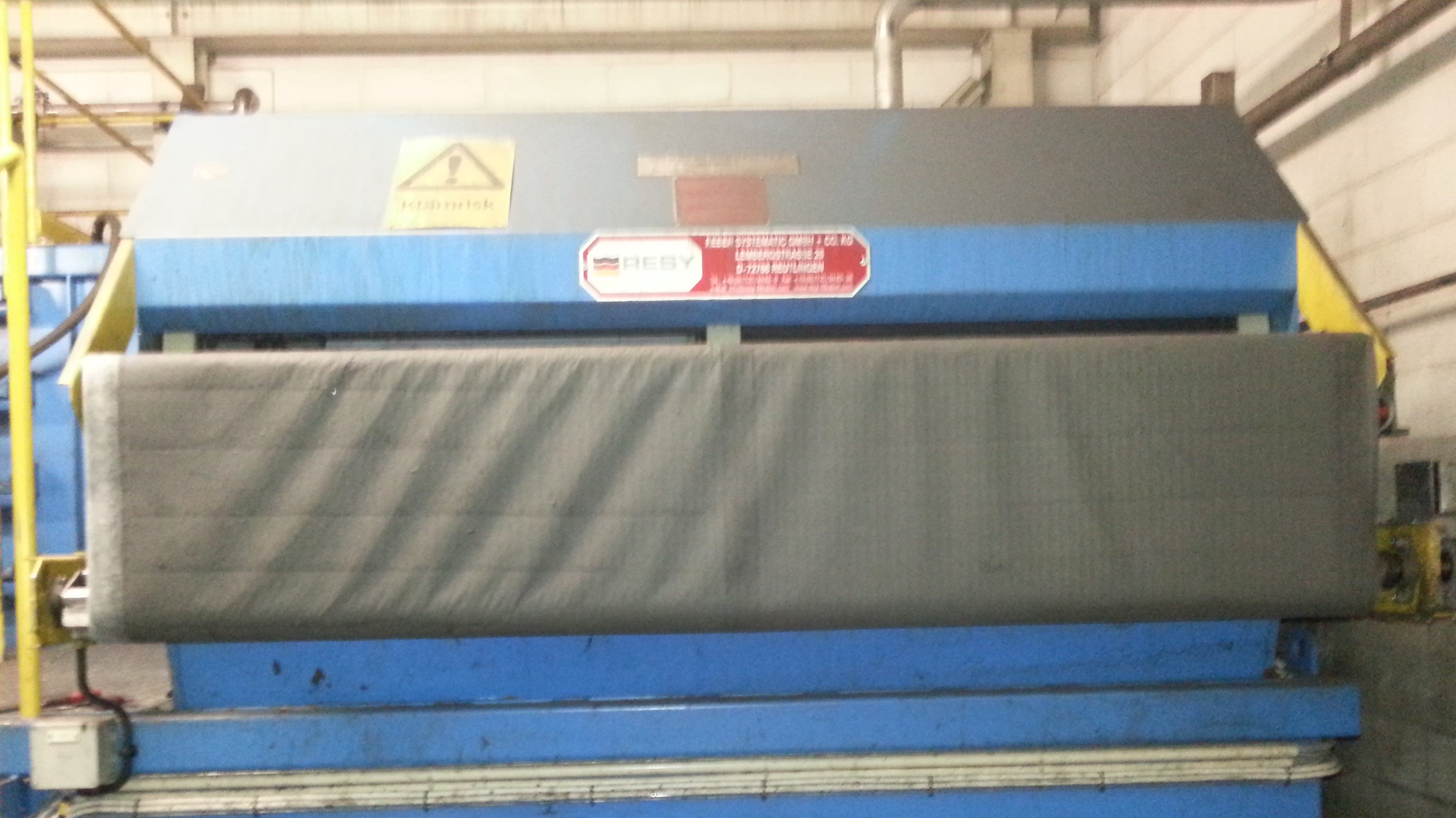We have heard it before but now it's time to raise the issue - bacteria in process fluids clog filters faster than if the liquid is bacteria free. This phenomenon costs money and affects the environment more than you might think.
Jan-Erik Karlsson, who is responsible for process fluids at a well-known Swedish company with a strong focus on sustainable production and a good working environment, has over the years gained a lot of experience in the field. Today, Jan-Erik shares his knowledge to draw the attention of others to something that is easy to miss.
How did you discover that filters are affected by the bacterial content of the fluid?
- For a period, we had an increased bacterial concentrations in one of our cutting fluid systems and when the consumption of filter paper increased sharply, we began to see the connection. The paper filter had started to feed at an ever faster pace and when it was at its worst, the filter was consumed in 10 hours. Normally a filter is enough for 3-6 months so the difference was huge and after we checked the liquid we could see that the content of bacteria was high. It was also possible to see how the edges of the filter became wet and sticky. When I pulled my finger along the edge, I felt a slimy surface.
How are the economy and the environment affected?
-Many of the filters we use are so-called paper filters and of course we strive to consume as little as possible. High consumption of filters increases operating costs and also affects the environment because they need to be treated as environmentally hazardous waste.
- Normally we do not have bacteria in the fluid so we do not see this phenomenon often but I think it is good to keep in mind that even lower levels of bacteria can affect the consumption of filters. When bacteria are present in the liquid but not yet in such high levels, it is likely that one does not notice an increased filter consumption.
Hidden problem and no one responsible
Since bacteria are usually not measured as frequently as, for example, the concentration, it can take a long time before you discover an increased filter consumption and see the connection with bacteria.
Another problem is that there is not always someone who has the main responsibility for checking the filters, so sometimes it takes a long time before errors are corrected if it is done at all.
Tips for optimal filter consumption
- Check the fluid regularly according to practice. Concentration and preferably pH should be measured daily and the bacterial concentration 1-4 times per month. In addition, it is good if your process fluid supplier does a more comprehensive lab analysis once a month.
- Check the filter regularly and make sure it is adjusted correctly.
- Check that the edges are clean. Filters with good function should not be dirty at the edges as in the picture above. There should be a clear edge against the part of the paper that filters.
- Document filter changes and check that consumption is normal and that it has not increased.


Comment